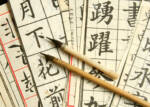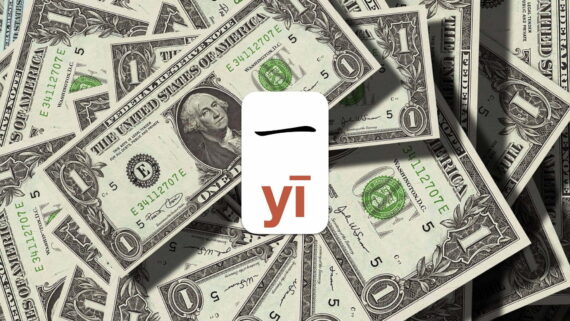Chinese WU – Letter O & U Comprehensive Guide
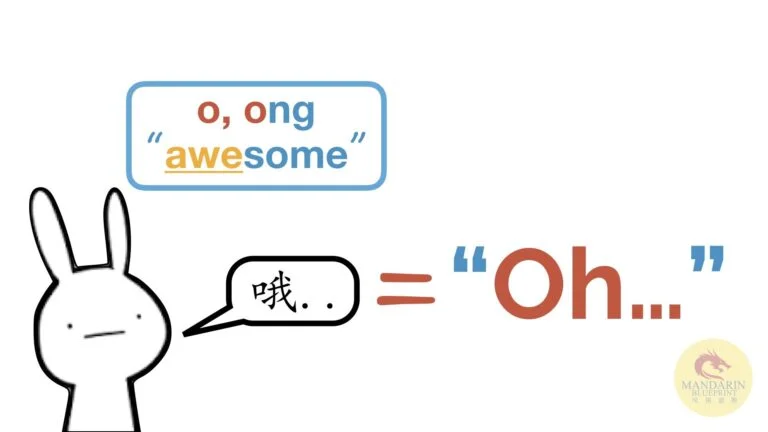
Oh! 哦!Chinese Letters “O” & “U” Are Great to Learn Together
Mandarin Chinese letter “o” is not that common when used by itself, but that doesn’t mean it isn’t important to master. Sure, when used by itself, about the only usage of any consequence is saying 哦 Ó or 噢 Ō, both Chinese Letter O. They are effectively just exclamations. That said, that same sound is used in compound finals like AO, OU, UO, etc. Now those are some very frequently used sounds.
Chinese Alphabet Letter O
In this video, Luke fluently explains just how to pronounce the Chinese letter “O” correctly. As per usual, because the creators of Pinyin had to fit the round peg of actual pronunciation into the square hole of the Roman alphabet, you can’t expect your instinct for how to pronounce “o” in English to be any reflection of how you say it in Chinese. Sure, maybe it is somewhat close, but watch this video and you can start yourself down the path of changing your instincts to reflect Chinese.
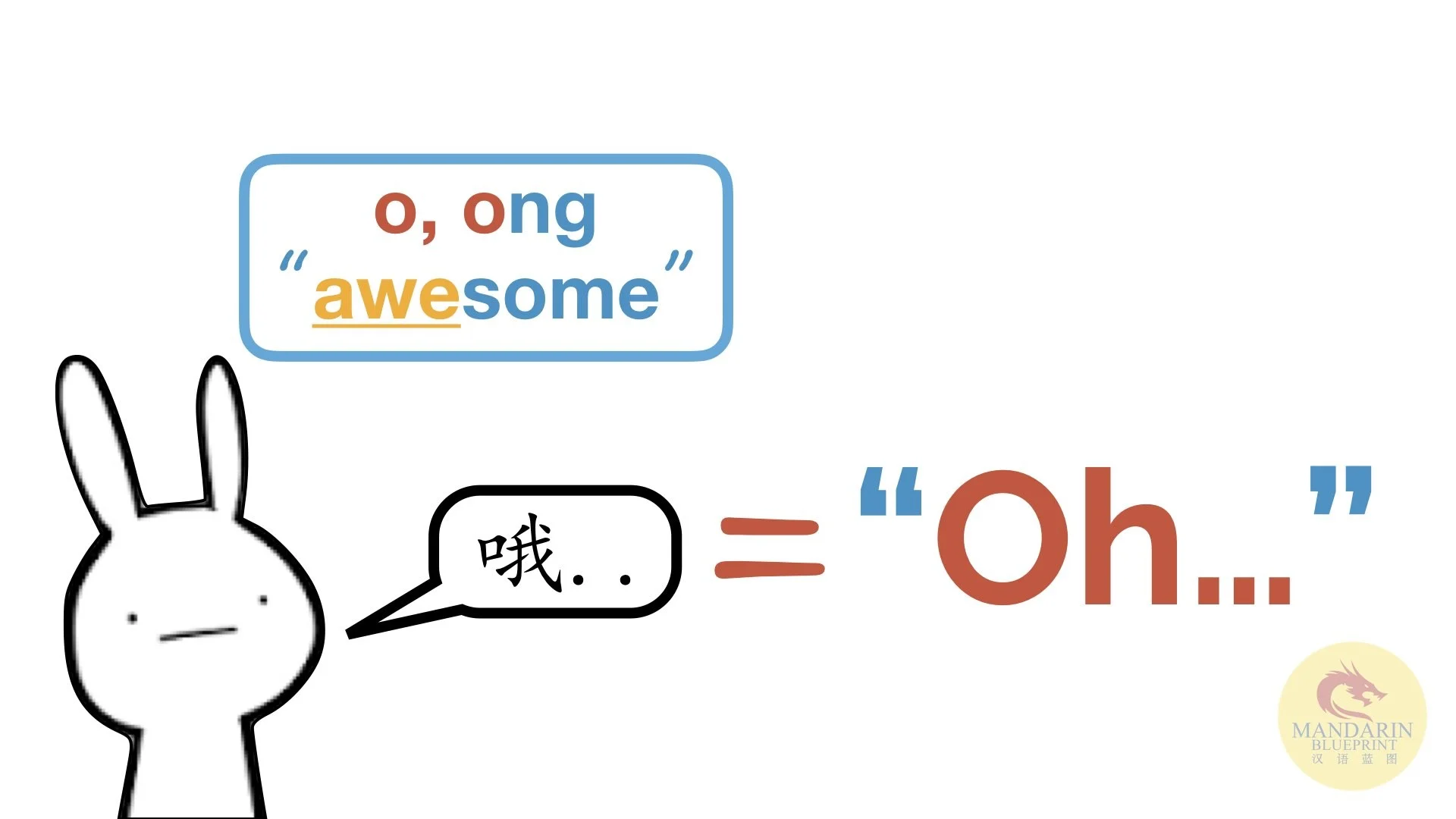
Chinese WU – Alphabet Letter U
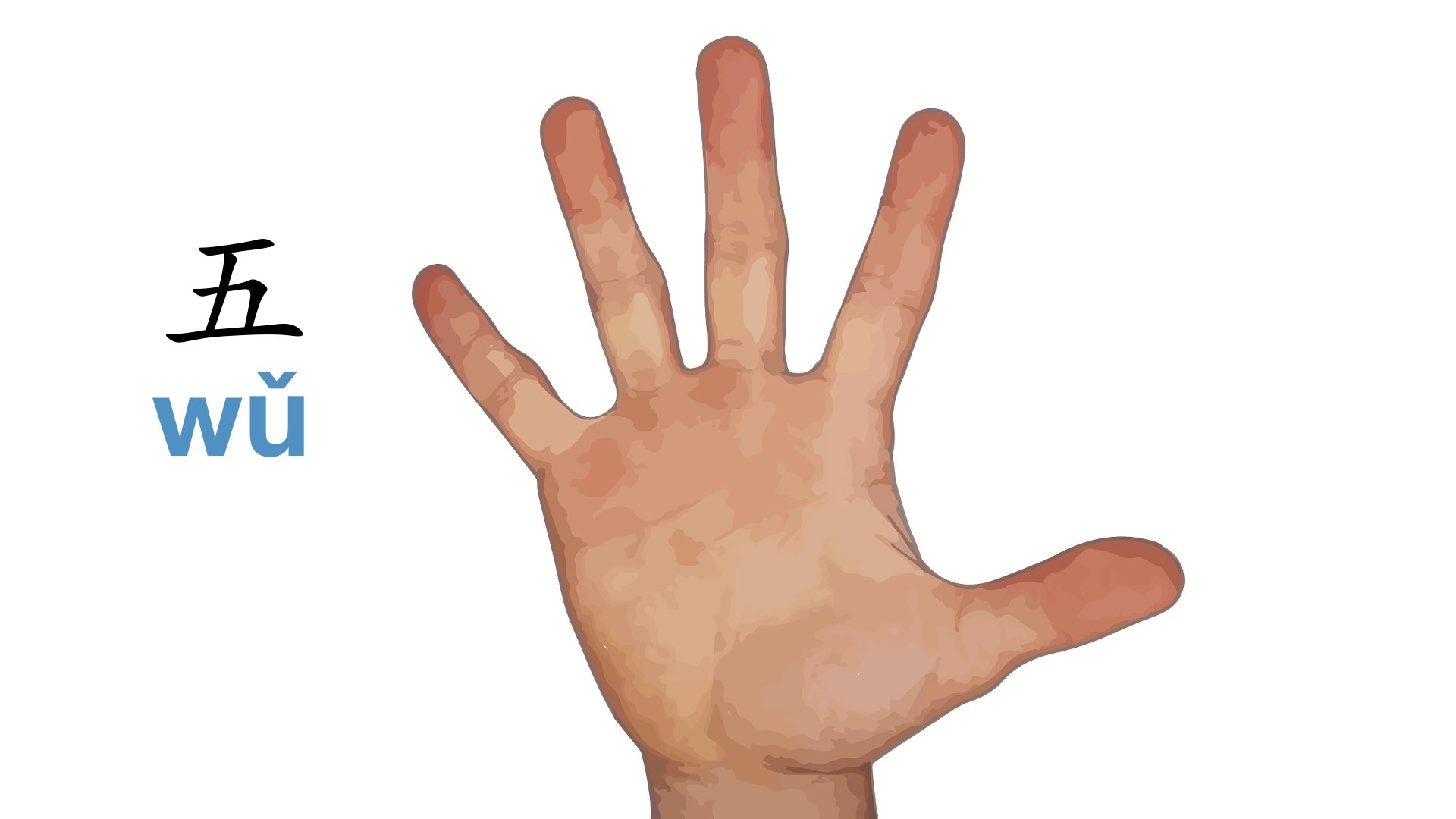
The previous video discussed the Chinese letter “O”, but a much more common and important letter is “U”. LOOK OUT though, when the first letter of a syllable is “u”, it changes to “w”. If it is “u” by itself, the “w” gets added in front of it turning it into Chinese wu. Guess what though? Nothing changed about the pronunciation by adding the W. Nada. Zip. It’s still pronounced the same way.
Examples
Syllable:
U
Spelling:
WU
Syllable:
UA
Spelling:
WA
Syllable:
UO
Spelling:
WO
WHY?! Well, imagine you were reading a Pinyin sentence and there a bunch of the syllables start with a “u”, or worse is just “u” by itself. Would you easily be able to read it? Please. It would be confusing. At least by adding the “W” in front of the “U” making it a Chinese wu or replacing it entirely, the boundary between syllables becomes very clear.
OK, so do you see how you once again have to fight your English instinct? The “W” is enunciated in English, so you have to retrain your brain’s reaction to “w”. Not hard…so long as you know to do it!
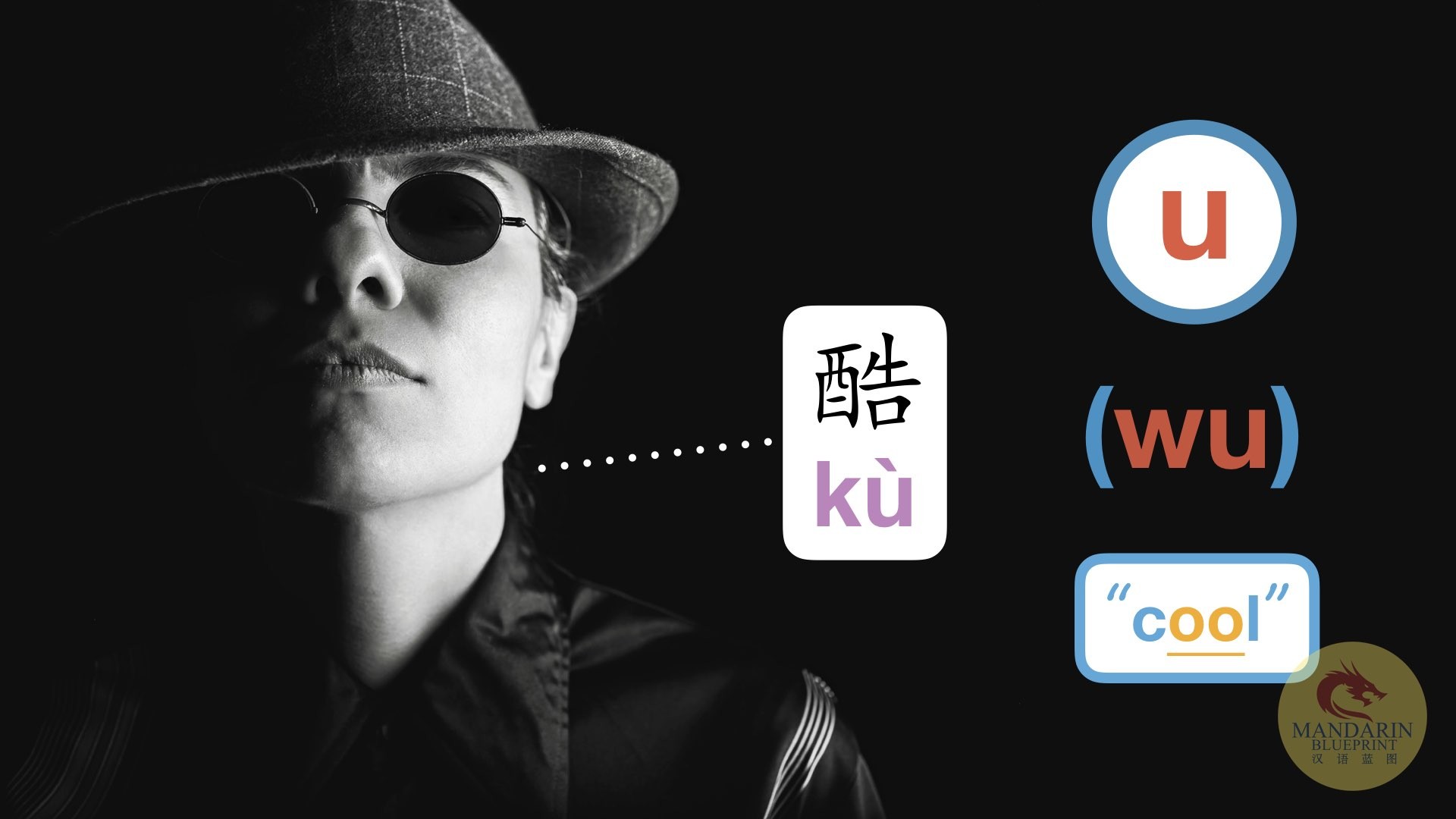
Letter U is Missing From BO, PO, MO, FO
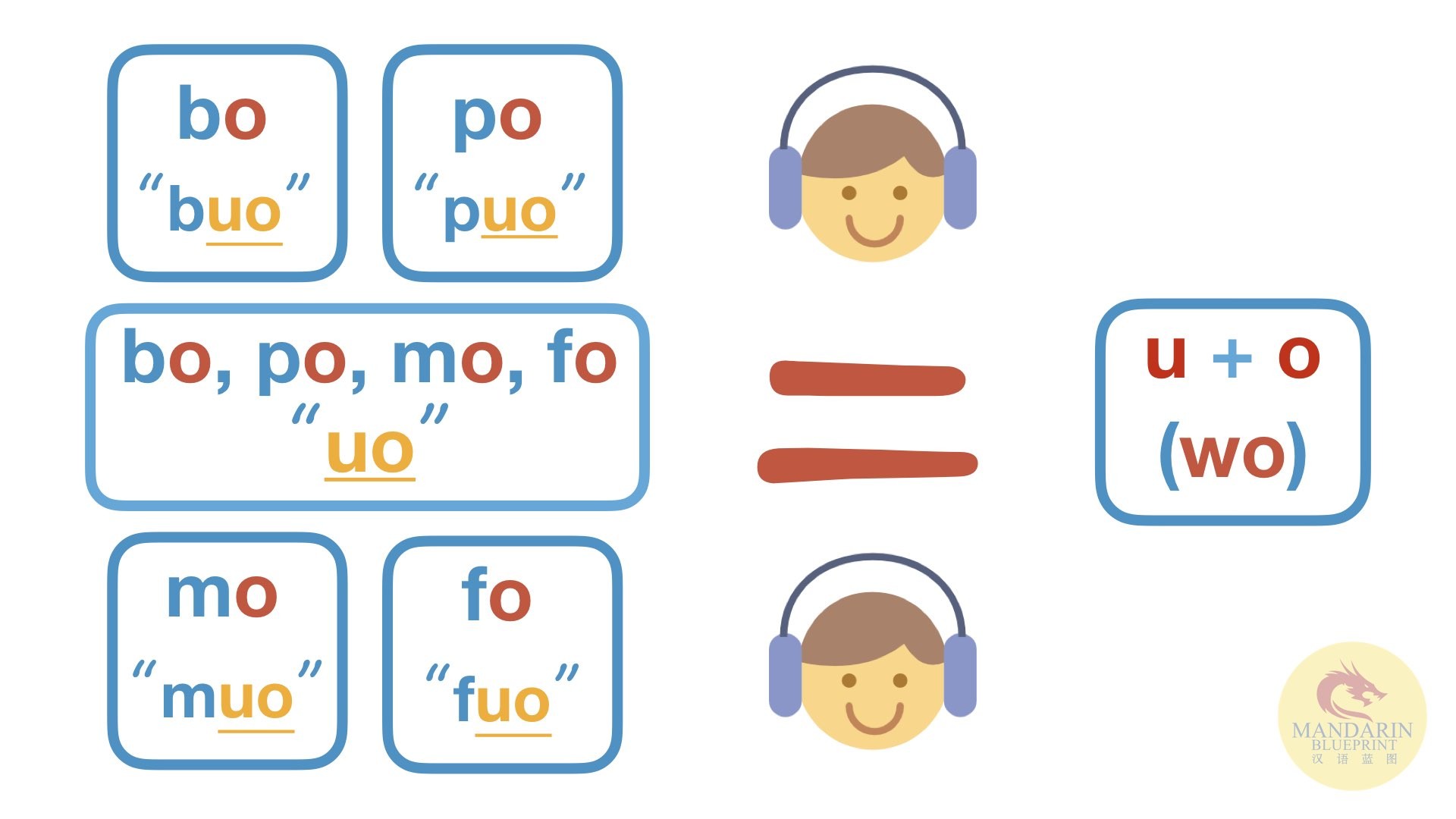
In the video, Luke gives a few examples and explains how to shape your lips and throat to say it just like a native. You guys he’s seriously a master of Chinese pronunciation, and unlike a native Chinese person, he can look at the problem from a frame of reference you can identify with. Trust him, and you’ll be rewarded with truly the key to understanding & being understood…saying (and hearing) things properly!
BO, PO, MO, FO are, well, weird. They are NOT pronounced like “o” by themselves. In fact, if they were spelled “BUO, PUO, MUO, FUO” and you know how to pronounce both Chinese letters “U” & letter “O”, these sounds would be downright simple to say. However, they weren’t spelled that way, so your awareness needs to turn up.
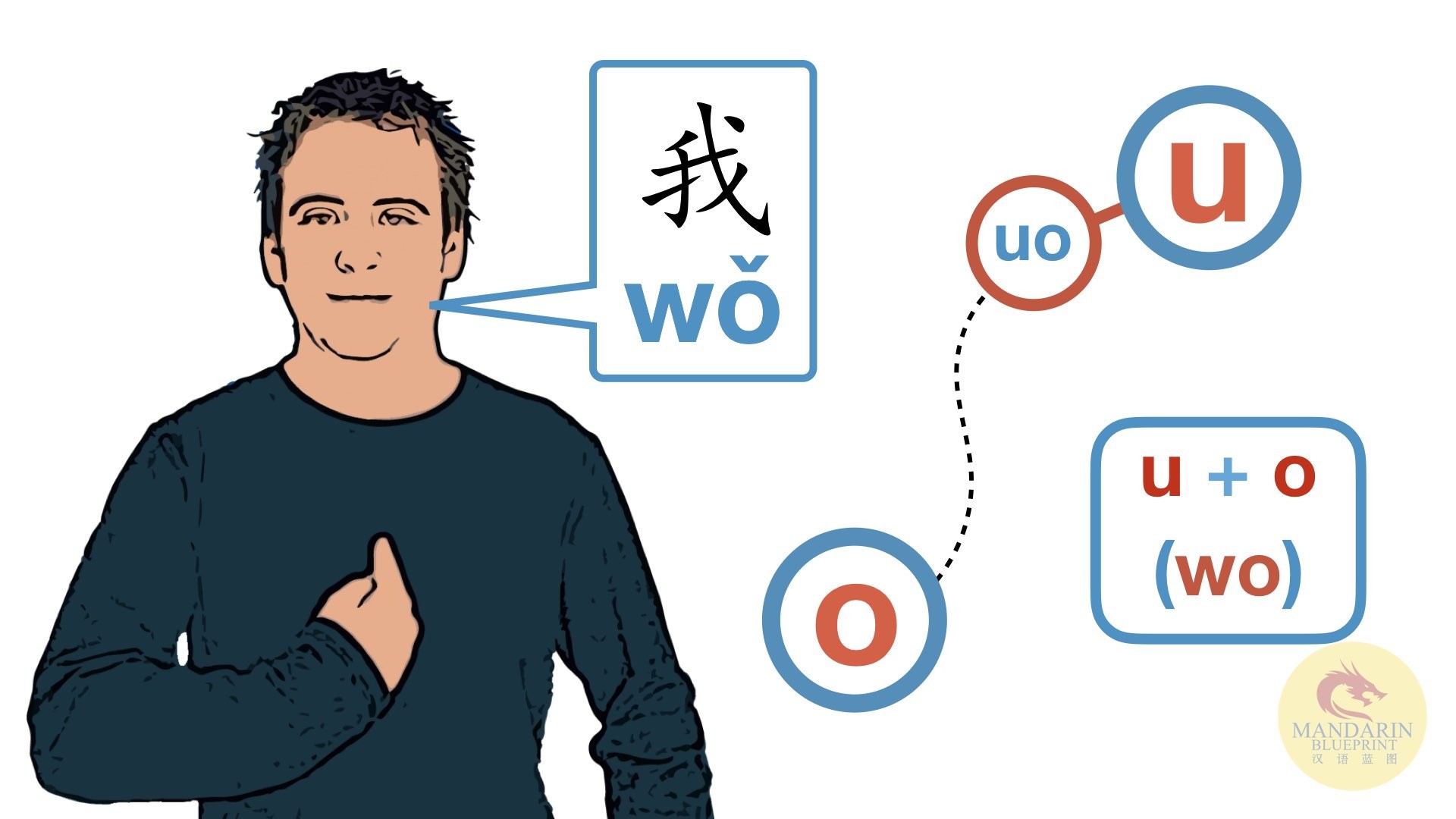
Negating Using Chinese Letter U & 不 bù
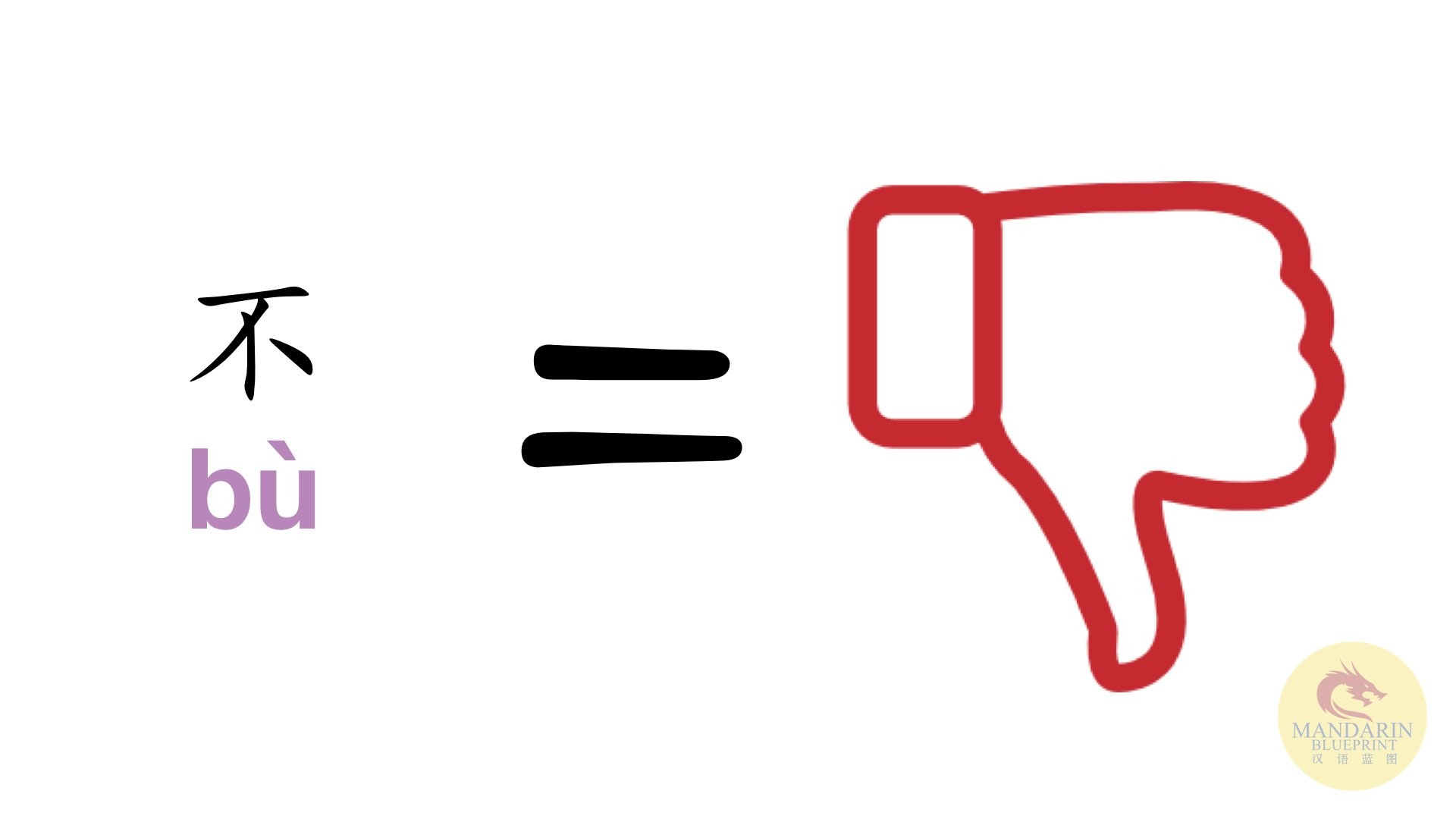
There is no, well, “no” in Mandarin. Instead, you add “不 bù” in front of whichever description or action you wish to negate. 怕 pà…a description indicating “afraid”. 不怕 búpà…NOT afraid. You get the idea.
This really isn’t hard to understand, but there is an important point to remember. 不 bù is the character you use to negate things about the present, future, or how something is always. If you are negating something in the PAST, you will use a different word that we will discuss in a later post.
Also, don’t forget there is no such thing as “learning” grammar, it is more about an acquisition.
Learn how to pronounce and also learn Chinese characters for free with our 14-day free trial giving you full access to our entire curriculum.
You will be able to read, write and pronounce Chinese characters and get an overall “plan of attack” for your ENTIRE Chinese journey all the way to fluency and literacy.




